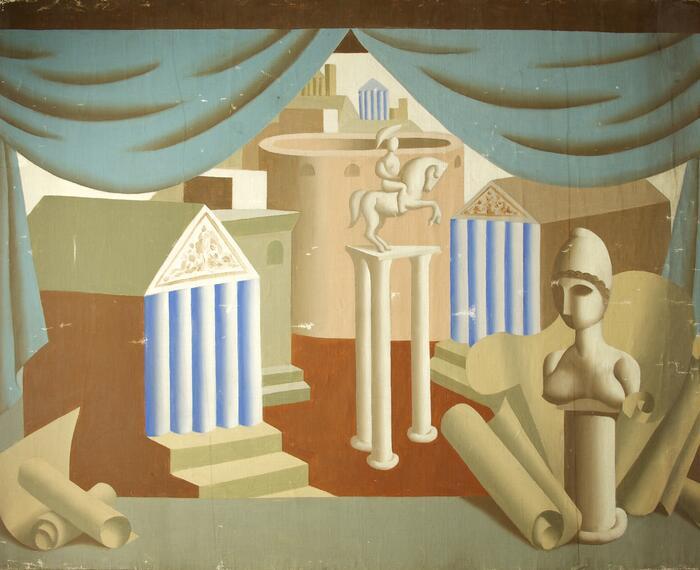Materials:
Wood, Porcelain, Feathers
Physical Object Description:
The bird references the goldfinch clutched by John the Baptist, the baby Jesus Christ's cousin, in the painting by Federico Barocci, The Madonna of the Cat (La Madonna del Gatto), probably about 1565 (NG29). The bird is a traditional symbol of the Passion (Christ’s torture and crucifixion) because of the legend that it acquired its red head from a drop of blood that fell as it drew a thorn from Christ’s brow on his way to the Crucifixion.
Dimensions:
147.5 x 81.2 x 40.5 (display case) cm
Credit:
Presented by the Contemporary Art Society through the special partnership with the 2021 National Gallery Artist in Residence programme, with the support of Anna Yang and Joseph Schull, 2022/23
Ownership history:
Purchased from Galerie Imane Farès, Paris by the Contemporary Art Society, in special partnership with the 2021 National Gallery Artist in Residence programme, with the support of Anna Yang and Joseph Schull, 2022; presented to The Herbert (Herbert Art Gallery & Museum, Coventry), 2022/23

